A liquid-ring pump with a liquid ring that seals when subjected to centrifugal force is a spinning positive-displacement gas pump. They can be used as gas compressors in addition to their usual application as vacuum pumps. In a liquid-ring pump, a spinning ring of liquid is stirred to create the compression-chamber seal, whereas, in a rotary vane pump, the vanes are an integral part of the rotor. The rotor is the only moving component, making them, by nature, low-friction designs. The shaft seals are the only points of sliding friction. An induction motor is primarily used to power liquid-ring pumps. Read More…
Gardner Denver provides vacuum pumps products such as rotary vane vacuum pumps, oilless vacuum pumps, linear and rotary piston pumps for a number of markets and applications. Provides excellent customer service to compliment their line of high-quality products.

MDC Vacuum Products manufactures vacuum components, including butterfly valves, vacuum gauges, and vacuum pumps. Our cryogenic sorption vacuum pumps are an economical roughing source, attaining up to 1x10-3 Torr vacuum level. Other features of our pumps include: clean vibration-free operation, heat regeneration, a positive pressure safety vent, no moving parts, and multiple pump capacity.

Here at US Vacuum Pumps, our broad range of industrial vacuum pumps cannot be topped. It is our dedication to our craft that makes us your premier choice for all of your vacuum pump needs. We will work with you in order to come up with a product that will fit your needs perfectly. All products are available for immediate shipment. To learn more, visit our website or send our qualified staff an...

We are a manufacturer of vacuum pumps, liquid ring vacuum pumps and rotary vane vacuum pumps. We provide custom-engineered, reliable vacuum pumps to meet all your needs. We also offer FloGard® RCP for monitoring the wear and tear on your vacuum pump to foresee problems before they happen.

More Liquid Ring Vacuum Pump Manufacturers

How a Liquid Ring Vacuum Operates
By rotating a vaned impeller that is eccentrically positioned within a cylindrical housing, the liquid-ring pump compresses the gas. When liquid (often water) is delivered into the pump, centrifugal acceleration causes the liquid to move cylindrically against the pumps inside the casing. The compression chambers are formed by seals produced by the liquid ring in the area between the impeller vanes.
Through an inlet port at the end of the casing, gas—often air—is sucked into the pump. The impeller vanes and the liquid ring create compression chambers that trap the gas. The gas is compressed due to the impeller's rotation, which reports to the discharge port at the end of the casing. A small amount of working liquid is discharged with compressed gas at the pump and is typically removed in a vapor-liquid separator.

Types of Liquid Ring Vacuum Pumps
There are single-stage and multistage liquid-ring systems. On a common shaft, a multistage pump typically has up to two compression stages. The ring-vapor liquid's pressure constrains the attainable pressure decrease in vacuum service. The rising volume of vapor produced from the ring liquid reduces the remaining vacuum capacity when the created vacuum approaches the ring-vapor liquid's pressure. As a result, the system's effectiveness decreases.

Suitable Liquids
Any liquid suitable for the process can be used as the sealant for liquid-ring vacuum pumps as long as it has the necessary vapor pressure characteristics. Although water is the most typical liquid sealant, any liquid can be utilized. Oil is the second most popular. Most oil-sealed liquid-ring vacuum pumps are air-cooled because oil has a very low vapor pressure.
Concentrated sulfuric acid is utilized for applications involving dry chlorine gas. The liquid ring vacuum pump is best suited for solvent (vapor) recovery since one may use it with any liquid. It is feasible to utilize toluene as the sealant if a process, such as distillation or a vacuum dryer, produces toluene vapors, providing the cooling water is cold enough to maintain the vapor pressure of the sealant liquid low enough to pull the appropriate vacuum.
Rerouting of the Ring-Liquid
The discharge stream also contains some ring liquid. Other apparatus not connected to the pump separates this liquid from the gas stream. Some systems use a heat exchanger or cooling tower to chill the discharged ring liquid before returning it to the pump casing. Depending on the system's architecture, pollutants from the gas may become trapped in the ring liquid in some recirculating systems.
These impurities concentrate as the liquid circulates, eventually harming the pump and shortening its lifespan. Filtration systems are necessary for this situation to make sure that pollution is kept at a manageable level. In non-recirculating systems, the hot liquid expelled (often water) is handled as waste. In this instance, the loss is made up for by new, refreshing water. Such "once-through" systems are becoming increasingly uncommon due to environmental factors.
Applications of Liquid Ring Vacuum Pumps
There are numerous industrial uses for these straightforward yet incredibly dependable pumps. On big steam-turbine generator sets, where vacuum levels are normally 30 to 50 mbar, they are employed to maintain condenser vacuums by eliminating incondensable vapors. On paper machines, they are employed to dewater the pulp slurry and remove water from press felts.
Another use is the vacuum forming of molded paper-pulp products (such as packaging and egg cartons). Other uses include soil remediation, where contaminated groundwater is vacuum-extracted from wells. Vacuum distillation also uses liquid-ring vacuum pumps to create a vacuum during refining of petroleum. In vapor recovery systems, liquid-ring compressors are frequently employed.
Liquid Ring Vacuum Pumps' Characteristics
Accepts Carryover: The pump is unaffected by soft solids, moisture, slugs, chemicals, and more. The pump discharge will merely remove these contaminants.
Cool and Quiet Operation: The pump operates quietly and cooly because the sealing water always moves inside the pump. The operation doesn't go above 85 dBA; therefore, it's fairly quiet.
Constant Operation at any Vacuum Level: The pump can operate continuously at any vacuum level, from 29 in. Hg to atmospheric pressure. Liquid ring vacuum pumps are built solidly and created for a long service life of continuous operation. This results in easier maintenance and longer pump life. The user benefits from less wear and easier, more inexpensive maintenance.
Environmental Benefits: Pumps do not need to have their oil, filters, oil pans, condensers, or other parts replaced. Because of this, plant rooms operate smoothly, free of oil pollution and oil discharges into sewage systems.
Benefits of Liquid Ring Vacuum Pumps
- Unlike most other vacuum pumps, it has a simpler design and uses a rotation system.
- Any casting metal may be used to make it.
- Small vibrations and sounds
- The temperature of the discharged gas barely increases.
- M3/hr suction capacities range from 20 to 54,000.
- Lowering the operating pressure to 33 mara
- Dry and wet gases
- High tolerance for spilled liquids
- Minimal water use
- Low levels of noise
What to Consider when Choosing Liquid Vacuum Pumps
It's crucial to consider aspects like the manufacturers that produce the liquid vacuum pumps, the necessary vacuum level, and the total cost of the pump when choosing a liquid ring vacuum pump. In addition, getting a pump from a recognized supplier with a track record of excellence and dependability is crucial.
Choosing the Proper Liquid Ring Vacuum Pump Manufacturer
To make sure you have the most positive outcome when purchasing a liquid ring vacuum pump from a liquid ring vacuum pump manufacturer, it is important to compare at least 4 to 5 companies using our list of liquid ring vacuum pump manufacturers. Each liquid ring vacuum pump manufacturer has a business profile page that highlights their areas of experience and capabilities and a contact form to directly communicate with the manufacturer for more information or request a quote. Review each liquid ring vacuum pump business website using our proprietary website previewer to get an idea of what each business specializes in, and then use our simple RFQ form to contact multiple liquid ring vacuum pump businesses with the same message.





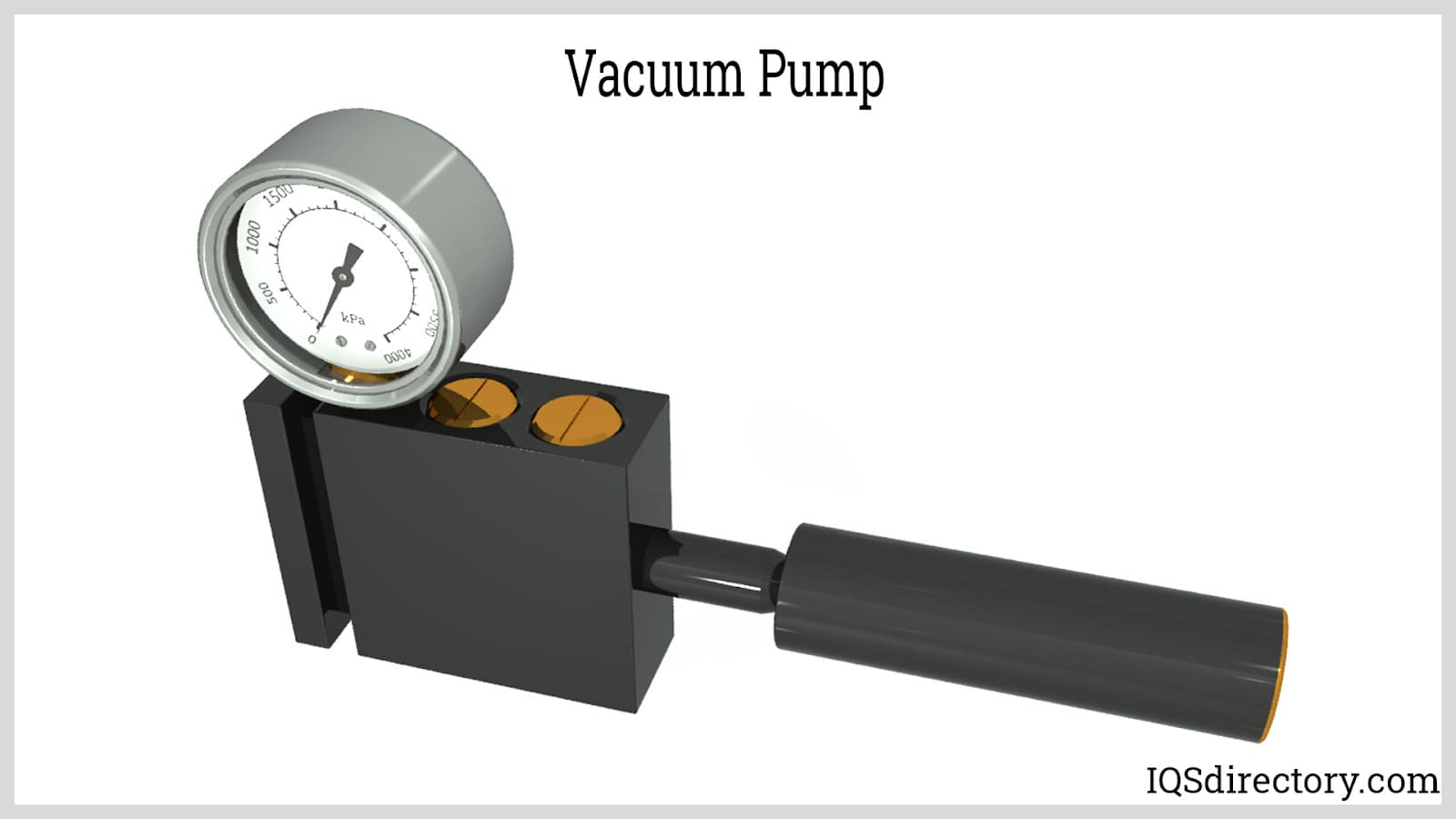
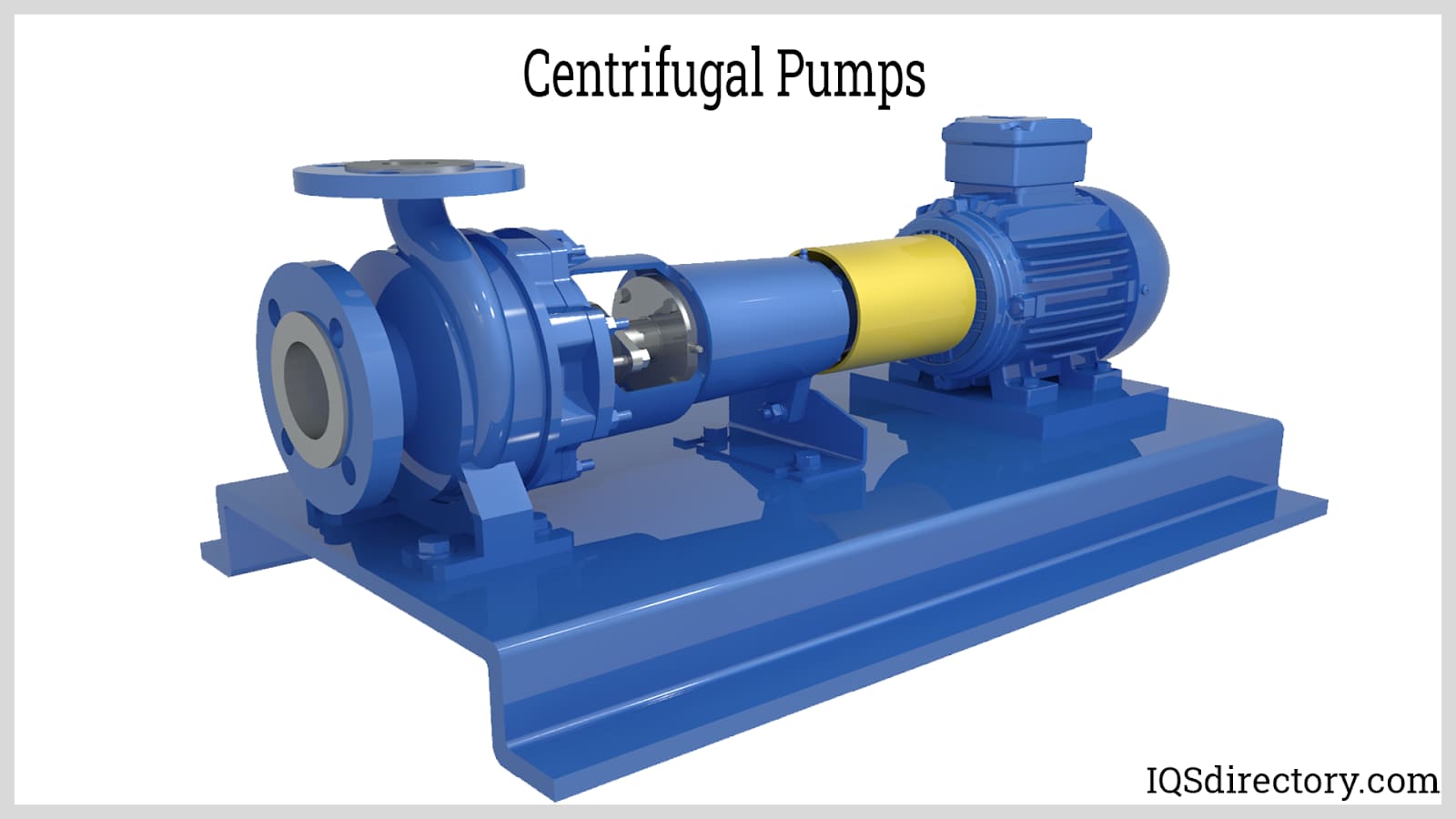
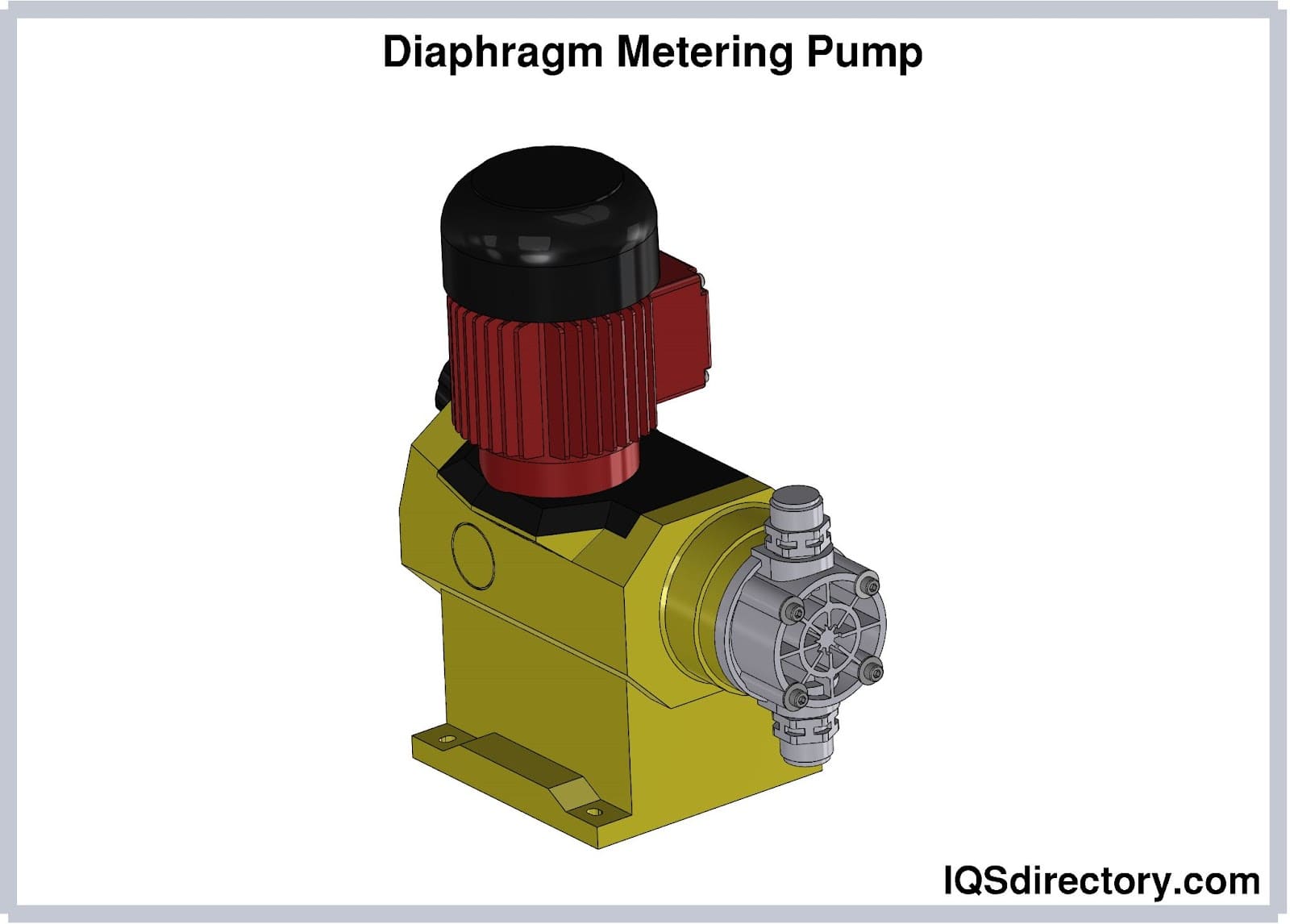
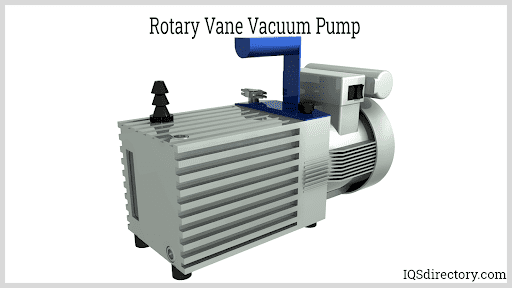
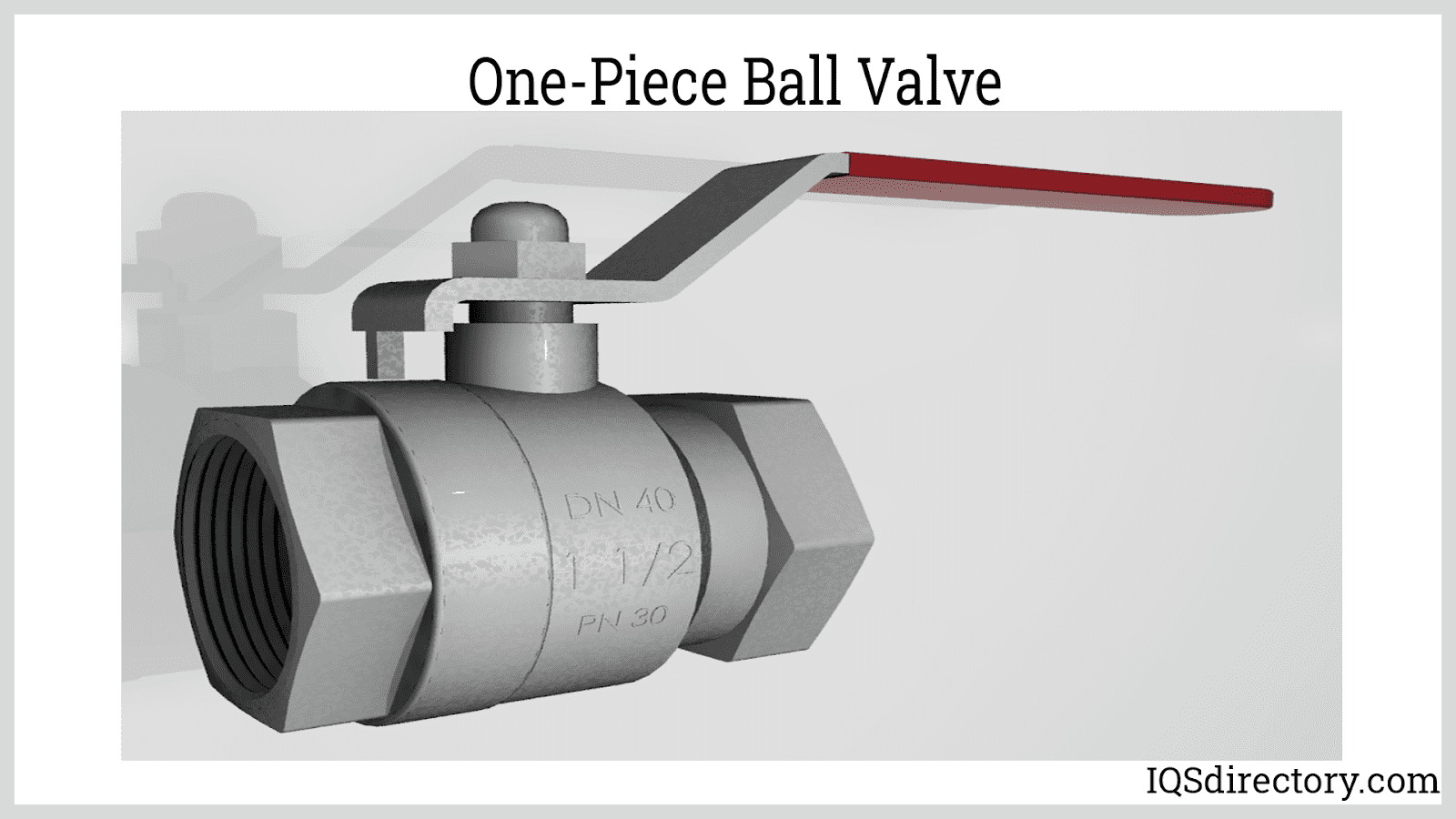
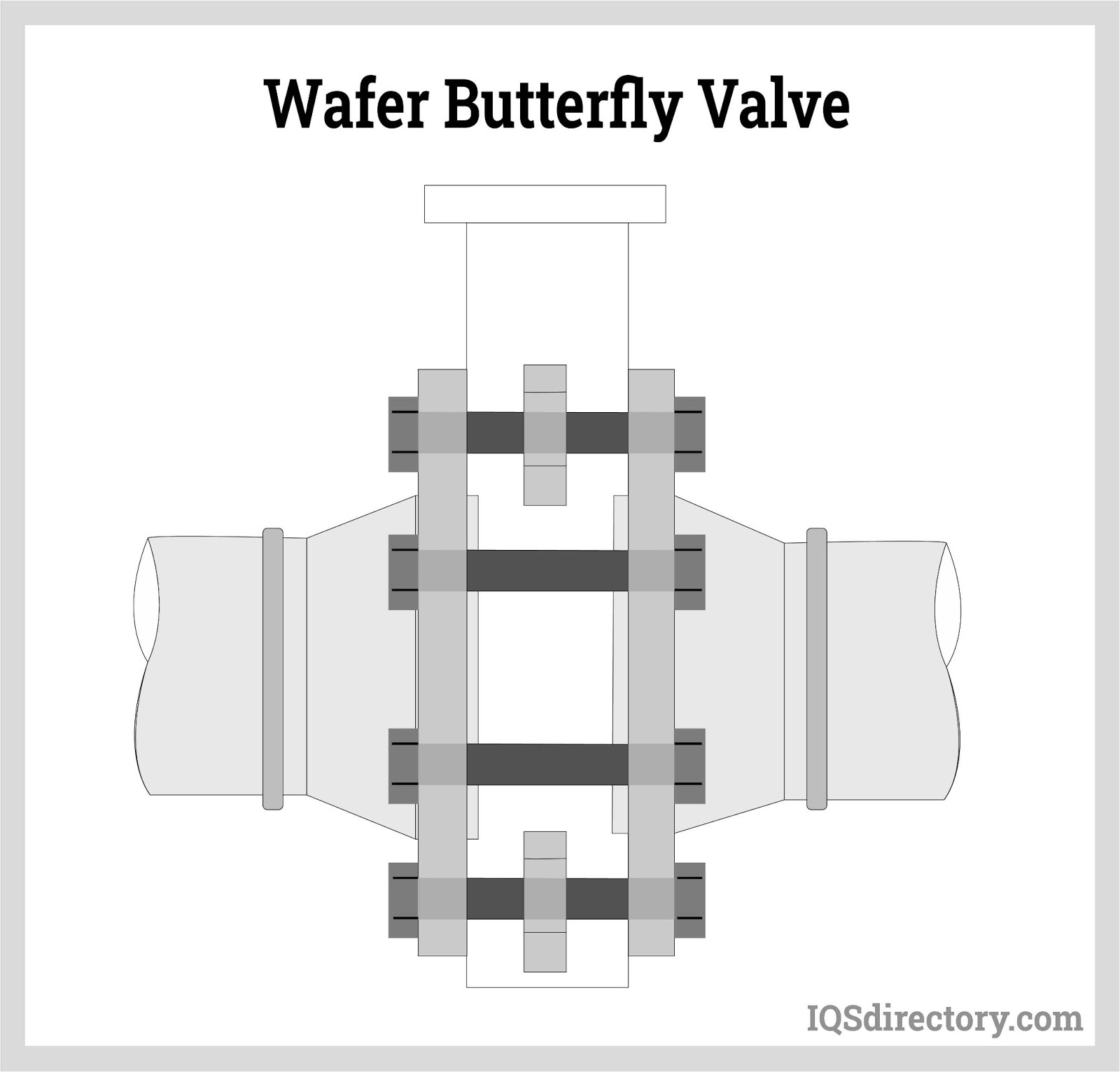
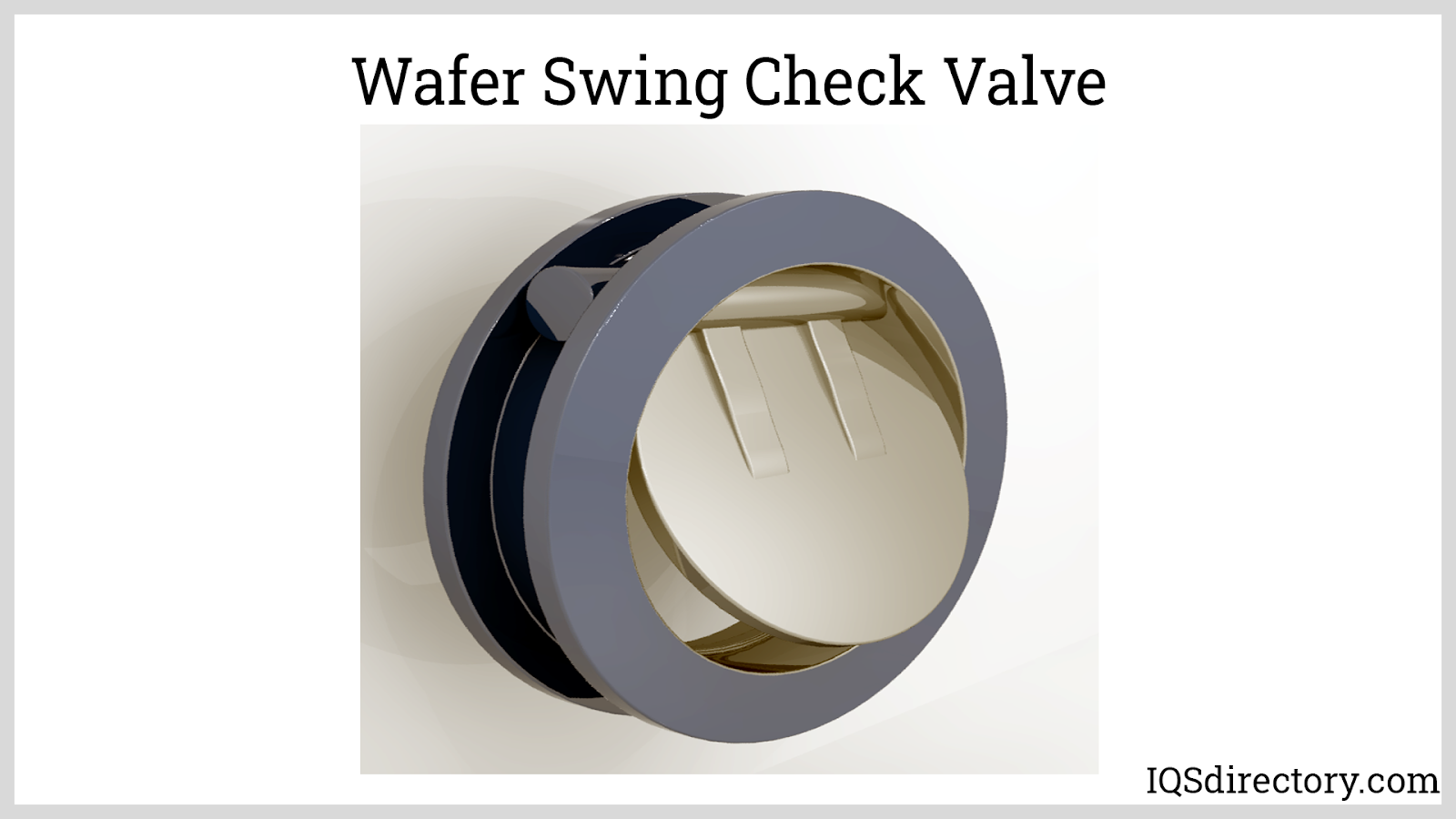
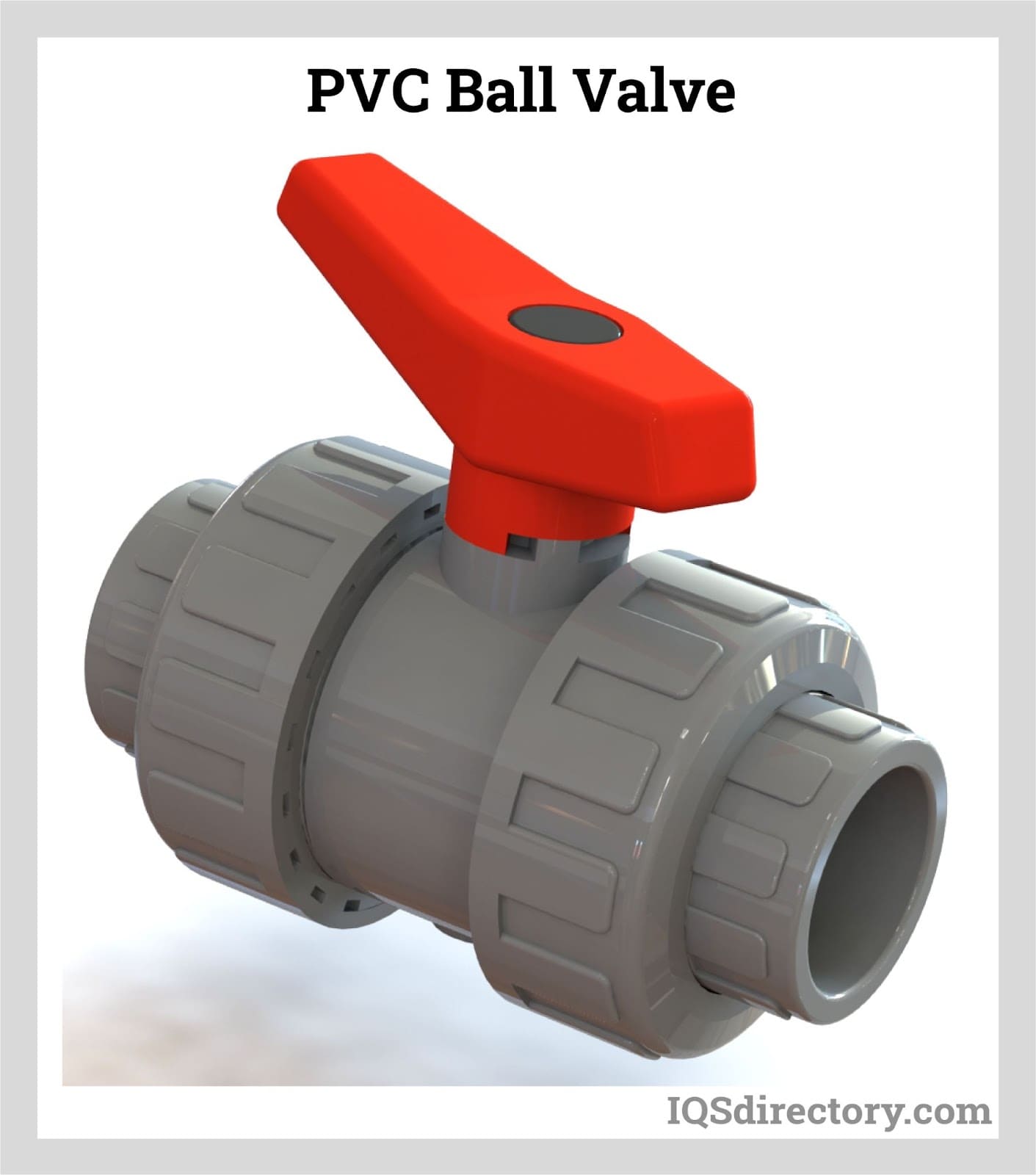
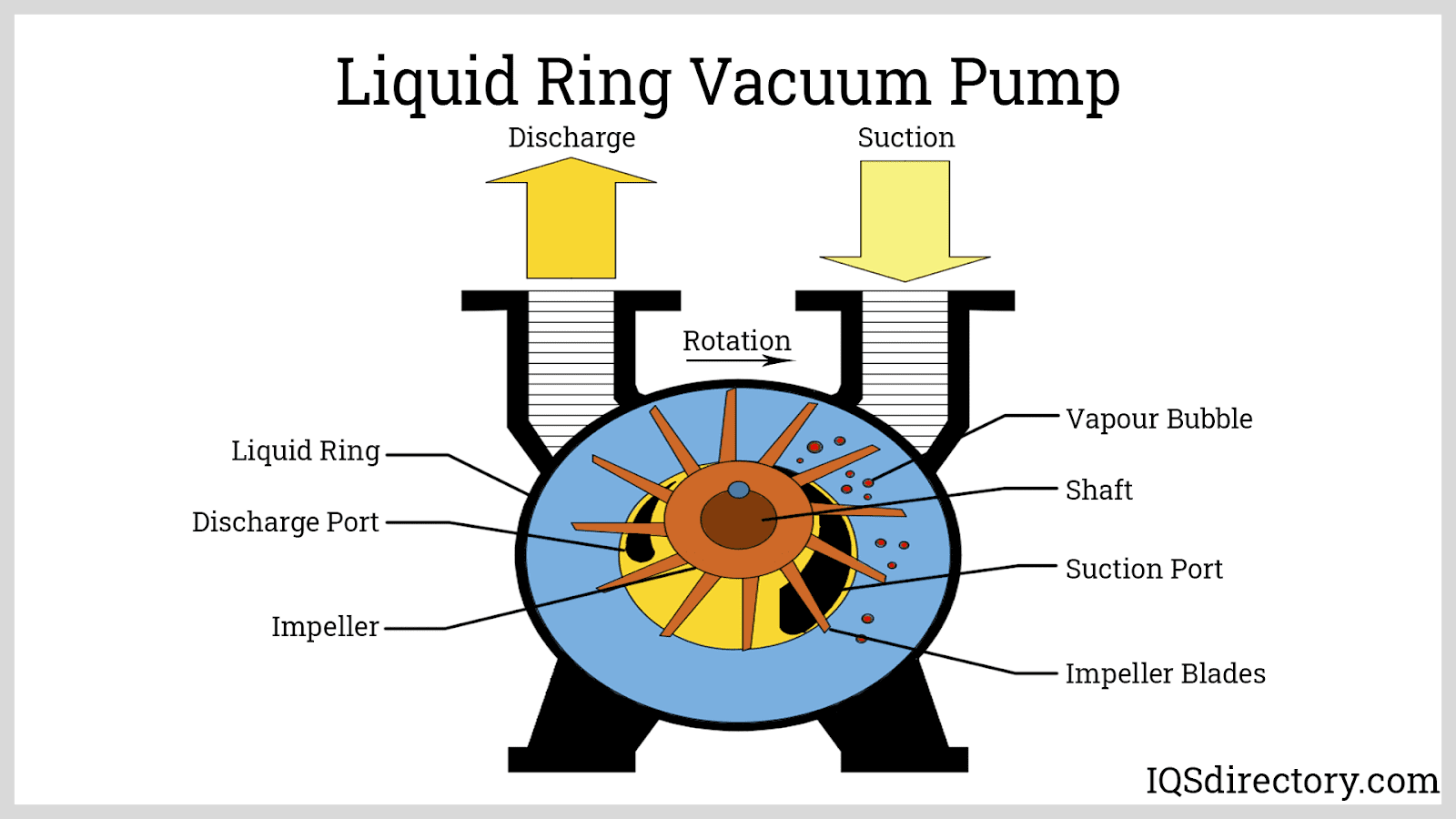
 Ball Valves
Ball Valves Butterfly Valves
Butterfly Valves Centrifugal Pumps
Centrifugal Pumps Check Valves
Check Valves Diaphragm Valves
Diaphragm Valves Flow Meters
Flow Meters Hydraulic Pumps
Hydraulic Pumps Hydraulic Valves
Hydraulic Valves Metering Pumps
Metering Pumps Solenoid Valves
Solenoid Valves Vacuum Pumps
Vacuum Pumps Castings & Forgings
Castings & Forgings Bulk Material Handling
Bulk Material Handling Electrical & Electronic Components
Electrical & Electronic Components Flow Instrumentation
Flow Instrumentation Hardware
Hardware Material Handling Equipment
Material Handling Equipment Metal Cutting Services
Metal Cutting Services Metal Forming Services
Metal Forming Services Metal Suppliers
Metal Suppliers Motion Control Products
Motion Control Products Plant & Facility Equipment
Plant & Facility Equipment Plant & Facility Supplies
Plant & Facility Supplies Plastic Molding Processes
Plastic Molding Processes Pumps & Valves
Pumps & Valves Recycling Equipment
Recycling Equipment Rubber Products & Services
Rubber Products & Services